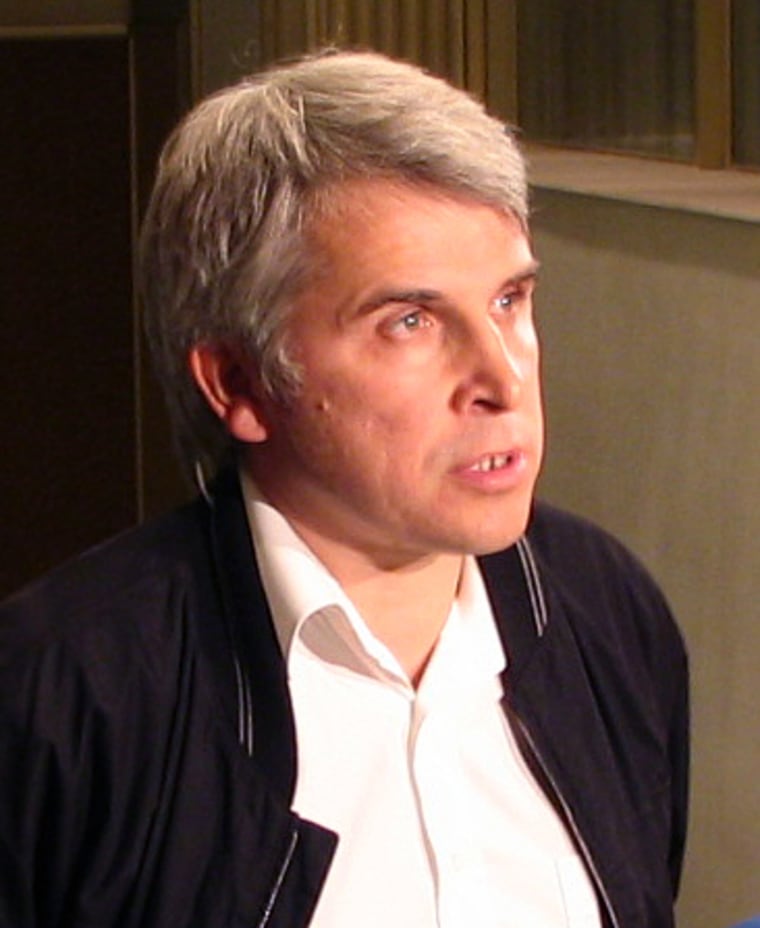A leading Russian space executive says his company is considering plans to set up a permanent moon base by 2015, a statement that appeared to be an effort to win government funds rather than a specific action plan, according to news reports distributed Thursday.
Nikolai Sevastianov, the head of the state-controlled RKK Energia company that builds Russia's Soyuz and Progress spacecraft, said that mining helium-3, a potential source of energy, and harnessing it back on Earth would be a key priority in the moon exploration program, the Gazeta.ru and Lenta.ru Web sites reported.
Sevastyanov said a Russian moon base could start tapping helium-3 in 2020. He and other Russian space officials have made similar projections in the past, but the government hasn't allocated any funds yet for moon exploration.
Sevastianov's statement, made at a seminar on space research, appeared to be part of Energia's publicity campaign aimed at attracting government funding for the development of a next-generation spacecraft.
Sevastyanov said the Kliper (Clipper) spacecraft being designed by Energia could serve as a transport ship to deliver helium. The company has also proposed building the Parom (Ferry) space vehicle that could help assemble elements of moon missions on Earth's orbit.
In January 2004, U.S. President George W. Bush outlined a plan for NASA to send astronauts back to the moon by 2020 and then on to Mars and beyond.
Some scientists believe the moon's rich resources of helium-3 could be used in futuristic fusion reactors on Earth that would generate electricity without producing nuclear waste. Such fusion technology could conceivably also power rockets for deep space travel in the future.
There is so little helium-3 on Earth that the technology hasn't been studied much. The moon appears to have it in abundance because it lacks the atmosphere and magnetic field that keep helium-3 from raining down on our planet from outer space.
Speaking at the same seminar in Moscow, Erik Galimov, the head of the Geochemistry and Analytical Chemistry Institute, also said Thursday that helium-3 could emerge as a vital source of energy as Earth's resources were being quickly exhausted, the Itar-Tass news agency reported.
Alexei Krasnov, the director of manned spaceflight for Russia's Federal Space Agency, also touted helium-3 during an interview with MSNBC.com last year.
Not everyone is sold on the promise of helium-3: A workable fusion reactor is still decades away, and researchers say that the technology for using helium-3 is more difficult than the technology for other potential fusion fuels that would be more abundant on Earth. Even if the technique for helium-3-based fusion were perfected, mining the material on the moon and bringing it to Earth may not make economic sense, skeptics say.
MSNBC.com's Alan Boyle contributed to this report.
